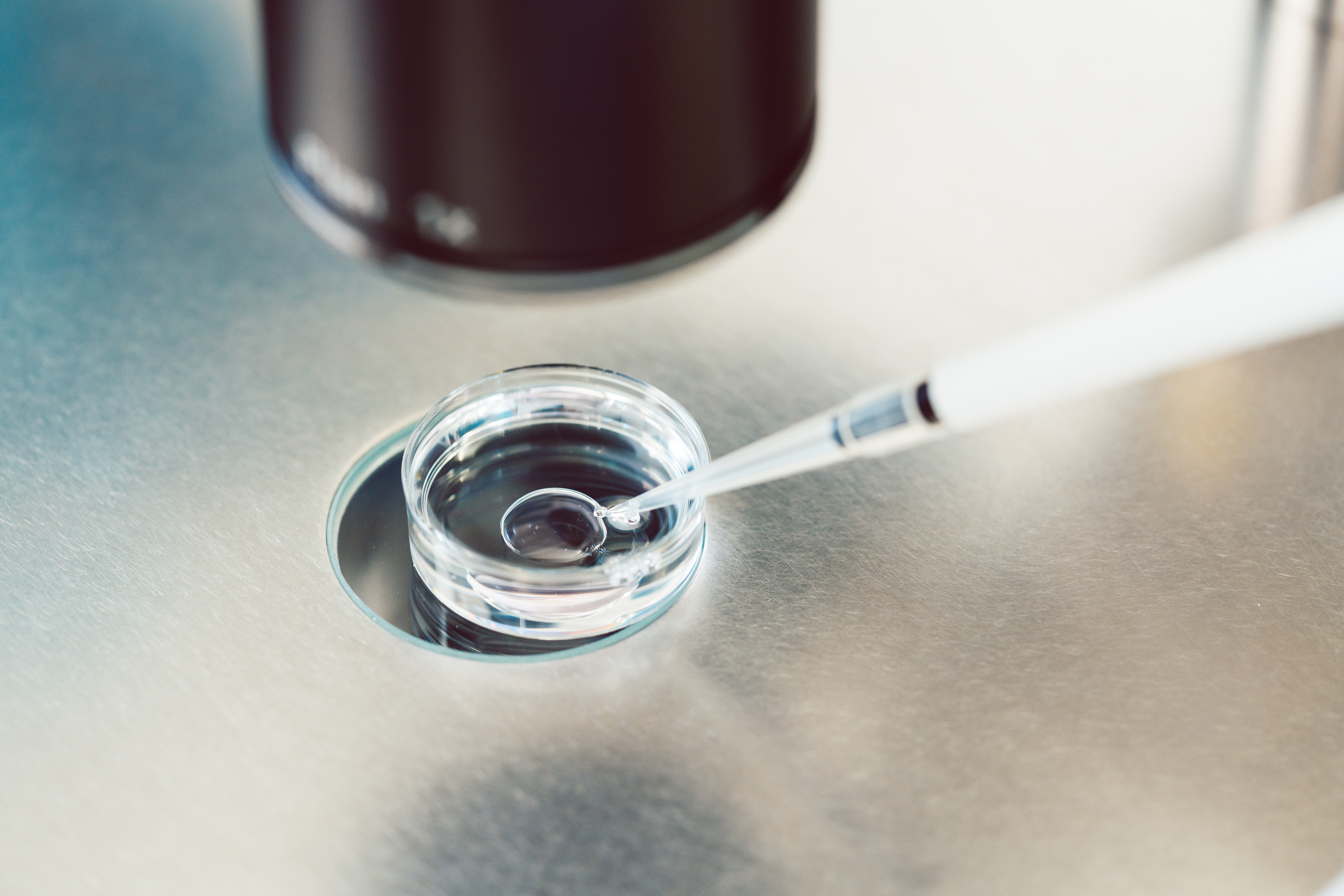Aggregated News

Last month, an international commission convened to consider whether and how germline editing – changing the genes passed on to children and future generations — should proceed. The discussions focused mainly on the safety risks of the technology, which, while important, are not the only issues to consider. Any conversation regarding germline editing must also honestly and thoroughly assess the potential benefits of the technology, which, for several reasons, are more limited than generally acknowledged.
The vast majority of diseases and conditions stem from a complex interplay of multiple genetic and environmental factors and therefore make poor targets for germline editing. There are, however, some relatively rare conditions linked to a single gene, which might be feasible candidates for germline editing. Indeed, the framework proposed by the National Academies of Sciences, Engineering, and Medicine in 2017 to regulate germline editing limits potential applications of the technology to such conditions.
The Academies proposed framework further restricts the potential use of germline editing to prevent or treat “serious” diseases. What counts as a serious disease is up for debate, but the standard...



